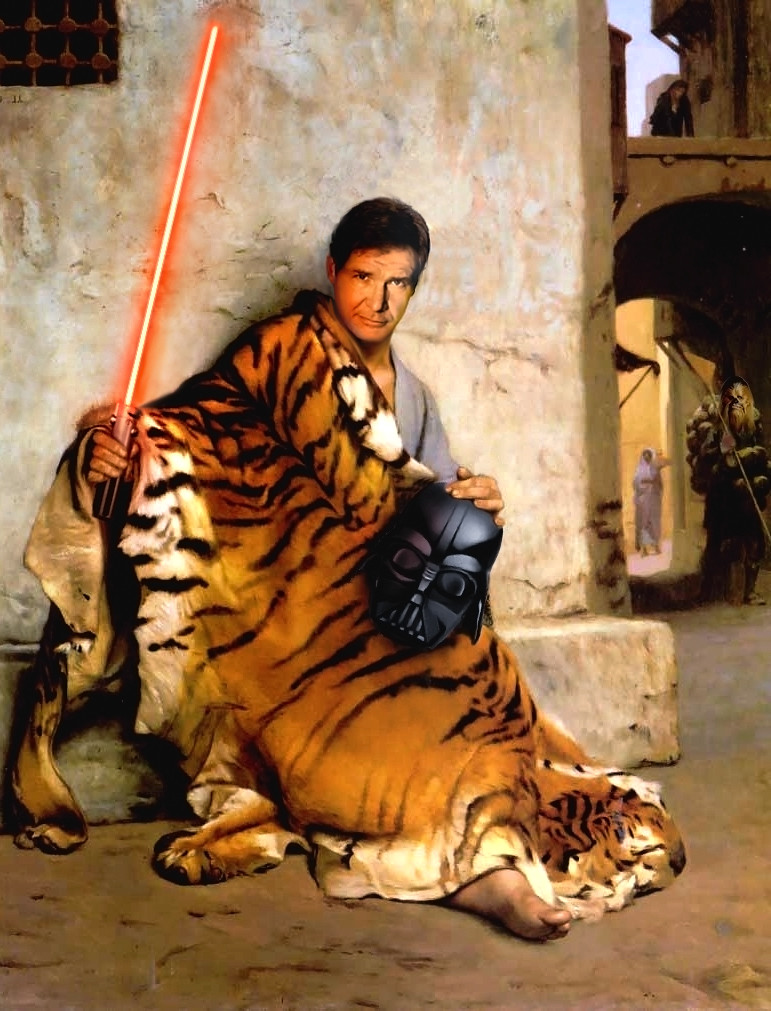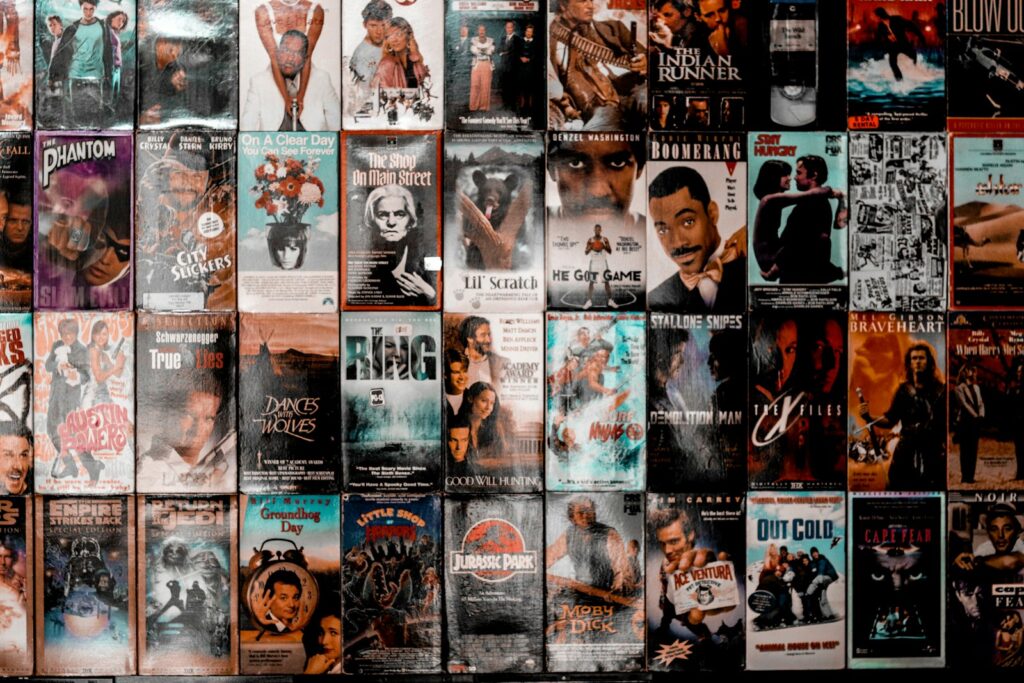
Science fiction, a genre perpetually peering into the future, often reveals as much about humanity’s end as its beginnings. It’s a universe where the ultimate frontier isn’t just space, but the finality of existence itself. Unlike many narratives where death serves as a definitive end, sci-fi frequently blurs these lines, offering last-minute reprieves or even resurrections just a technological gizmo away. This unique flexibility allows for stories that challenge our deepest assumptions about mortality.
Yet, even with advanced technology like cloaking devices and miraculous medical breakthroughs, the Grim Reaper eventually comes calling. When the final curtain falls on our sci-fi heroes, we are often left profoundly unprepared. These demises are far more than mere plot points; they serve as emotional anchors, prompting reflection on mortality, sacrifice, and the often-unforeseen consequences of choices made in worlds both familiar and alien. They can be shocking, tragic, or beautifully redemptive, lingering in the minds of viewers long after the credits have rolled.
The impact of a character’s fate in science fiction can ripple across an entire franchise, shaping its future and forever altering the landscape of fandom. In this exploration, we delve into some of the most memorable and, at times, controversial deaths in sci-fi cinema. We will examine how these moments not only shaped the stories they inhabited but also resonated deeply with the audiences who experienced them. These farewells remind us of the genre’s power to confront the ultimate unknown with profound narrative artistry.
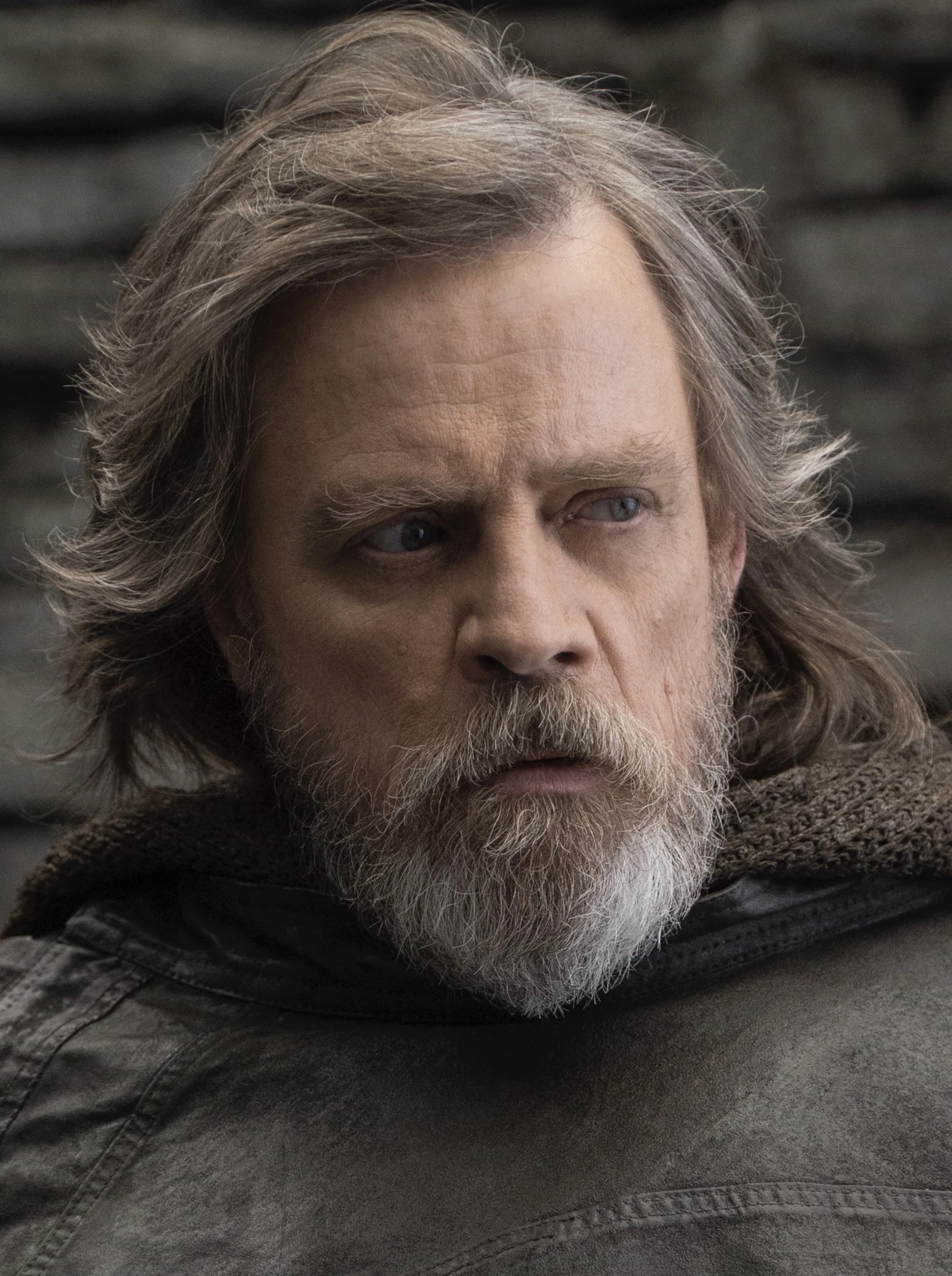
1. **Luke Skywalker — The Last Jedi**: Few character deaths have ignited as much passionate debate within the hallowed halls of fandom as that of Luke Skywalker in “The Last Jedi.” As one of the most contentious entries in the Skywalker Saga, his departure from this mortal coil was anything but straightforward, immediately dividing audiences into two distinct camps regarding its appropriateness and impact. This wasn’t just a character dying; it was an icon, a generational hero, making his final bow in a way that challenged decades of expectations.
One school of thought adamantly believed that a figure of Luke’s stature deserved a more overtly heroic, perhaps even explosive, death—a climactic lightsaber duel against overwhelming odds, a blaze of glory fitting for a Jedi Master. This desire for a conventional heroic farewell underscored the deep emotional investment fans had in his journey, envisioning an end that mirrored the epic battles of his youth. The yearning for a definitive, physical confrontation felt like a natural culmination for a character who had once faced down an empire.
Conversely, another significant portion of the audience found his death to be profoundly becoming of the Jedi code, a move that perfectly aligned with the philosophical underpinnings of his order. Luke’s final moments were not spent in aggression, but in a selfless act of seeking redemption and skillfully avoiding direct conflict, thereby buying crucial time for the beleaguered Resistance to escape impending doom. This pacifist, strategic sacrifice resonated with the core tenets of Jedi philosophy, emphasizing wisdom and selflessness over brute force.
His passing was achieved through an immense Force illusion, an exertion that pushed the very limits of his formidable powers. On the remote planet of Ahch-To, his physical body simply faded away, mirroring the demises of his revered mentors, Obi-Wan and Yoda, before him. This ethereal departure, becoming one with the Force, was a potent visual and thematic statement, symbolizing a transcendence rather than a mere end. It left open questions, however, about whether he’d manifest as a youthful Force ghost or remain in his older form, a playful nod to the evolving canon of “Return of the Jedi.”

2. **Logan — Logan**: The film “Logan” stands as a stark, visceral departure from conventional superhero narratives, positioning itself firmly within the sci-fi genre through its rich lineage of alien encounters and obscenely powerful technology. Yet, within this established universe, the death of Wolverine, the seemingly indestructible ex-X-man, was perhaps the most unexpected and impactful twist. It challenged the very notion of invincibility that had defined him for decades, setting a somber tone from its opening scenes.
The movie masterfully blends superhero elements with the gritty, melancholic aesthetics of a Western, a genre famously populated by old, weary gunslingers facing their final stand. This stylistic choice provides a powerful framework for Logan’s demise, aligning his fate with a long tradition of heroes who achieve their final, often vengeful, goals before succumbing to their inevitable end. It’s a narrative structure that lends a profound weight to his journey.
Set in a bleak 2029, “Logan” portrays a world where mutants are a dying breed and Wolverine’s once-unbeatable healing factor is tragically fading with age. This vulnerability immediately humanizes the character in a way previously unseen, grounding his legendary toughness in the stark reality of decay. His encounter with a young girl, Laura, who possesses powers strikingly similar to his own, ignites a new purpose within him—to lead a group of mutant children to safety.
This final, desperate mission ultimately costs the adamantium Avenger his life. His healing factor, pushed to and far beyond its limits in a desperate struggle, finally gives out, marking a poignant and earned conclusion to his violent existence. While his death was undoubtedly an apt fate for a character defined by his struggles and sacrifices, its starkness and finality were nonetheless a shock, ensuring its place as a truly memorable moment in cinematic history.
The film’s conclusion, with Laura silently tilting the cross on his gravestone to form an “X,” is a moment of quiet devastation. It’s a powerful, symbolic gesture that speaks volumes about his legacy and the profound impact he had on the young girl he saved. This scene, steeped in profound sorrow and tender remembrance, ensures that there isn’t a dry eye in the house, solidifying “Logan” as a masterpiece of emotional storytelling within the sci-fi landscape.
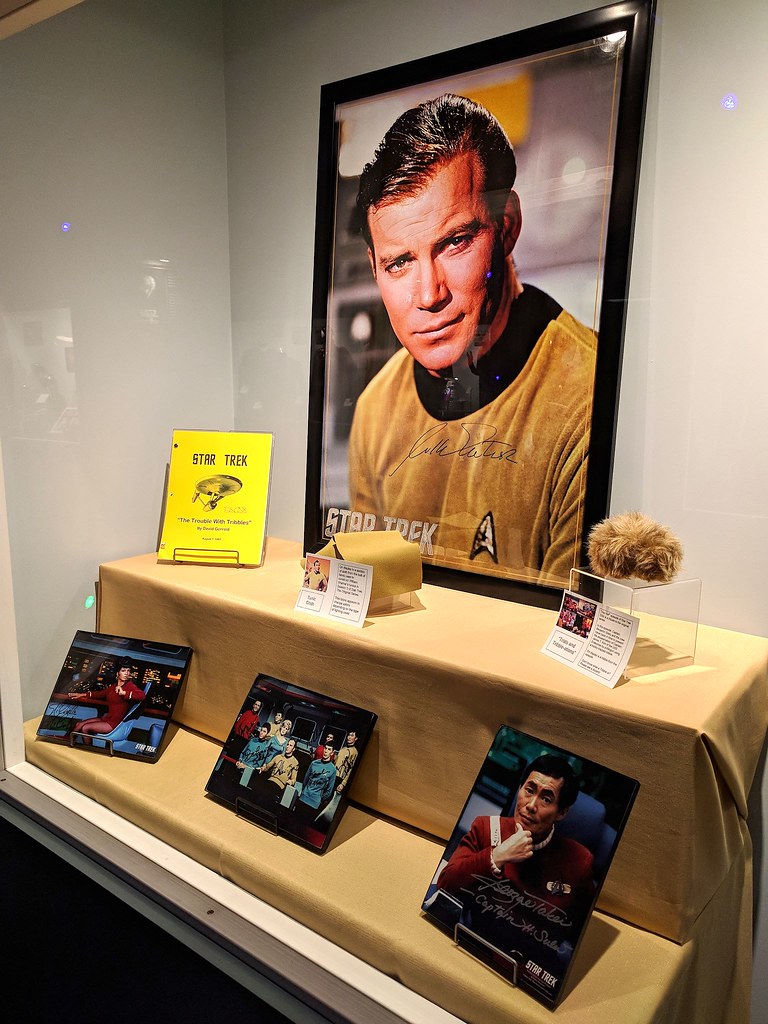
3. **Capt. James T. Kirk — Star Trek Generations**: Some character deaths resonate because of their heroic scale, others for their profound emotional depth. Then there’s Captain James T. Kirk’s demise in “Star Trek Generations,” an entry often cited for being purely and regrettably “unbecoming” of a legend. This wasn’t the glorious end fans envisioned for the iconic starship captain, and it sparked considerable debate about how a figure of his stature should have met his fate.
By all rights, the intrepid Captain James Tiberius Kirk, masterfully brought to life by William Shatner, should have died in a spectacular space battle. Picture it: the odds stacked against him, the situation grim, the Enterprise soaring with phasers and warp drive blazing into the Federation equivalent of Valhalla. This grand vision reflected the adventurous spirit and daring nature that defined his exemplary career, making his actual, rather mundane, death a bitter pill for many to swallow.
Instead, Kirk found himself inexplicably stranded in the Nexus, an enigmatic intergalactic phenomenon capable of making one’s deepest dreams come true. Here, he was compelled to team up with Captain Picard against the malevolent El-Aurian scientist, Soren. The collaboration itself was a fascinating dynamic, but the circumstances of his end felt entirely disconnected from the swashbuckling heroics he was known for, stripping his final moments of the gravitas they deserved.
During a brief struggle, a missed opportunity for his trademarked double-handed punch—a signature move that encapsulated his no-nonsense approach to conflict—felt like a subtle yet significant betrayal of his character. Ultimately, his end came not in a hail of laser fire or a heroic last stand, but on a rickety metal bridge that unceremoniously collapsed, crushing him. It was a death devoid of the epic grandeur that defined his life, leaving audiences with a sense of anticlimax.
The only small solace to be extracted from this peculiar end was a darkly humorous twist on the classic “captain on the bridge” proclamation, morphing into the memorable if slightly inappropriate joke, “bridge on the captain.” For a character who commanded the hearts and minds of millions, his departure was surprisingly underwhelming, sparking a lingering sense of dissatisfaction that remains a topic of discussion among Trekkies to this day.
4. **Han Solo — Star Wars: The Force Awakens**: Han Solo, the scruffy-looking nerf herder with a heart of gold, always seemed to live by a different set of rules. Given his countless bounties, his exceedingly dangerous space-faring career as a smuggler, and his frequent, perilous dalliances with both the Rebel Alliance and later the Resistance, it could easily be argued that he was incredibly lucky to have lived as long as he did. His charm and quick wit often got him out of impossible situations, making him seem almost immortal.
Despite his apparent longevity and uncanny luck, a palpable sense of trepidation settled over audiences when Han bravely approached his estranged son, Ben, now known as the menacing Kylo Ren, within the cavernous depths of Starkiller Base. This encounter was laden with emotional weight, a confrontation years in the making that promised either reconciliation or profound tragedy. The feeling, echoed by multiple members of the “Star Wars” cast, was a universally familiar “bad feeling about this.”
The writers, in a move designed to unequivocally establish that Han was not coming back—except perhaps as a spectral Force ghost in a later installment—orchestrated his brutal demise with a chilling finality. He was “shish-kebabed” by Ben’s crimson lightsaber, a shocking act of patricide that reverberated through the galaxy. To compound the tragedy, he plummeted down a vast chasm, and then, for good measure, the entire planet was annihilated, leaving no doubt of his physical absence.
This unexpected, unfair, and profoundly unfitting end for the lovable scoundrel left many fans reeling. It felt like a cruel payoff for a character who had brought so much humor, roguish charm, and unwavering loyalty to the saga. His sacrifice, though noble in its intent to reclaim his son, tragically served the opposite purpose, only pushing Ben further down the dark path, cementing his commitment to the First Order and leaving a gaping wound in the hearts of heroes and fans alike.

5. **Tony Stark — Avengers: Endgame**: For over a decade, Robert Downey Jr.’s portrayal of Tony Stark had been the undisputed heart of the Marvel Cinematic Universe, a journey that began with “Iron Man” in 2008 and saw him evolve into the undeniable lynchpin of The Avengers since 2012. Audiences had grown up with the character, witnessing his ingenious origin, the tumultuous “Marvel Civil War” that pitted hero against hero, and his relentless, ultimately final, confrontation with the Mad Titan Thanos. His presence was foundational, his wit legendary, and his evolution deeply personal for millions.
The climax of “Avengers: Endgame” presented a seemingly insurmountable challenge. With Thanos poised to snap his fingers once more, threatening to finish what he started and decimate all life, all hope appeared to be lost. The weight of the universe hung in the balance, and it seemed as though the heroes had reached their absolute limit, facing an enemy that transcended their collective power.
In one last, defiant, and utterly selfless gesture, Tony Stark, the man who started it all, made the ultimate sacrifice. He deftly stole the Infinity Stones from Thanos’s gauntlet and, with immense willpower, performed the very same snap, knowing full well the catastrophic toll it would take on his human body. This act of sheer heroism, fueled by his love for humanity and his adopted family, sealed his fate.
With his final breath, he uttered the iconic words that had introduced him to the world over a decade prior: “I am Iron Man.” This powerful declaration not only brought his character arc full circle but also solidified his legacy as the saviour of the universe. In that moment, he won the day, reducing Thanos and his overwhelming forces to dust, bringing an end to the cosmic threat that had loomed for so long.
The hero who had been there from the very start was no more. Stark’s death, while profoundly sad and sparking unprecedented waterworks in theaters worldwide, was undeniably and appropriately heroic. In a film that saw the loss of more than one initial Avenger, the fate of Tony Stark resonated as both the biggest loss and, arguably, the most poetic, a perfect encapsulation of his journey from a “morally questionable playboy to a devoted father who has more love to give than his heart can handle.”
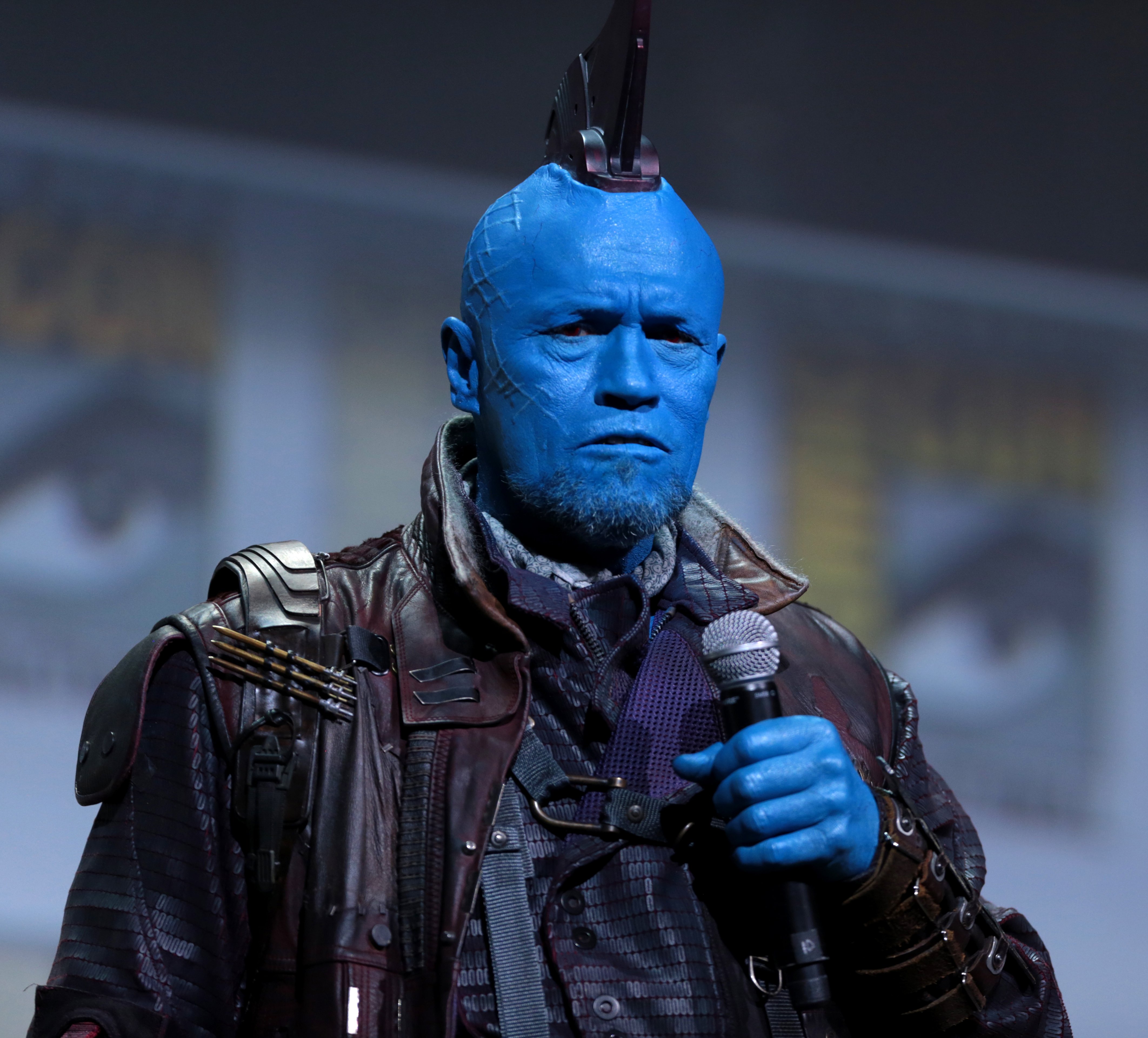
6. **Yondu — Guardians of the Galaxy Vol. 2**: Michael Rooker, a frequent collaborator and muse for director James Gunn, brought a remarkable depth to Yondu Udonta in “Guardians of the Galaxy Vol. 2.” Initially introduced as the gruff, blue-skinned Ravager who kidnapped a young Peter Quill from Earth, Yondu could easily have been relegated to a two-dimensional villain. However, Rooker’s performance elevated him far beyond that, infusing the character with layers of complexity and unexpected humanity that captivated audiences.
Beneath the surface of a cyborg with a criminal record as long as an Abilisk’s tentacle, Yondu operated under a surprisingly strict code of honor. This internal compass, often at odds with his mercenary lifestyle, was a key element in making him a compelling figure. His underlying sentiment and profound sense of responsibility for the young Quill were the driving forces that, against all logical odds, kept his young charge alive and nurtured.
It became increasingly clear throughout the film that Yondu viewed himself as a genuine father figure to Peter, a remarkable feat considering Peter’s biological father was a sentient planet of immense power. This paternal bond, forged through years of unconventional upbringing and tough love, provided a powerful emotional core to their tumultuous relationship, setting the stage for Yondu’s ultimate act of devotion.
Ravagers, as members of a nefarious space-faring crime syndicate, were typically characterized by their self-serving actions and ruthless pragmatism. Therefore, it came as a genuine and deeply moving surprise when Yondu ultimately sacrificed himself for Quill at the climax of “Guardians of the Galaxy Vol. 2.” This act of supreme selflessness, protecting the son he never biologically had, underscored the depth of his transformation.
Yondu’s death was both poignant and touching, a moment that resonated deeply within the Marvel Cinematic Universe. Beyond the personal tragedy, it served a greater narrative purpose by symbolically reuniting the various disparate factions of the Ravagers, inspiring them through his heroic example. “Ah, Yondu. We hardly knew ye,” became a heartfelt sentiment shared by fans mourning the loss of this unexpectedly cherished character, whose whistling arrow and unique charm left an indelible mark.
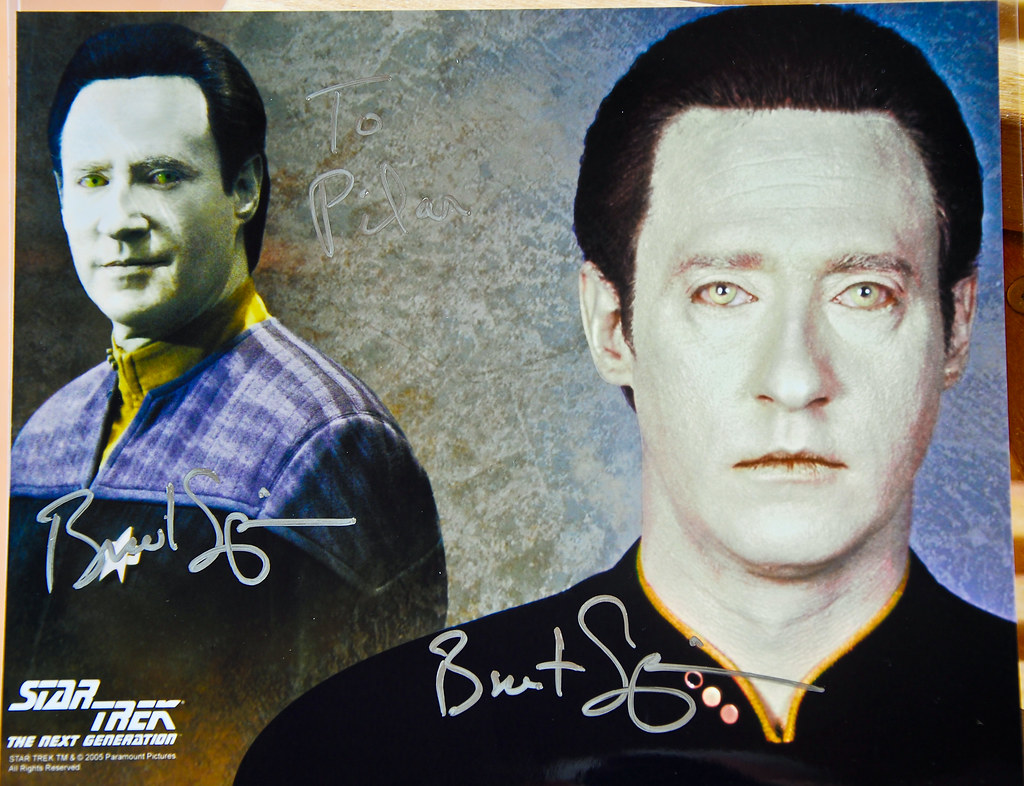
7. **Data — Star Trek: Nemesis**: While ‘Star Trek: Nemesis’ might be remembered as an unexceptional final entry in the ‘Next Generation’ film franchise, feeling more like an extended television episode than a cinematic epic, it nonetheless delivered at least one moment of profound surprise and sorrow: the death of Lieutenant Commander Data. This positronic phenomenon, meticulously crafted by Dr. Noonien Soong, had been an integral member of the ‘Star Trek: The Next Generation’ bridge crew from its very inception, a constant presence whose journey fascinated and endeared him to millions.
For years, we had watched the gold-hued android evolve from a naive automaton, possessing the inquisitive mind of a child, into a truly developed, highly skilled, and invaluable member of the Enterprise crew. His quest for humanity, for understanding emotions, and for simply being ‘more human’ was a central thread of his character arc, making him one of science fiction’s most enduring and beloved figures. His analytical mind, coupled with his earnest attempts to grasp human foibles, often provided both comedic relief and profound philosophical insight.
It was with no small sorrow, then, that audiences witnessed Data’s final, heroic act. At the film’s climactic moments, he selflessly transported Captain Picard to safety from the exploding Romulan warship, the Scimitar. With a simple, yet heartbreaking, utterance of “Goodbye,” Data perished in a massive explosion, an act that undeniably saved the Enterprise and its valiant crew from certain destruction.
In that last, ultimate act of sacrifice, the ‘Tin Man’ of the Star Trek universe, who had for so long sought a heart and wrestled with the very concept of humanity, unequivocally proved himself to be as human, if not more so, than any of his flesh-and-blood fellow officers. His death wasn’t merely a plot device; it was the poignant culmination of his decades-long journey, a final, definitive statement on the true meaning of sentience, selflessness, and the profound capacity for love, even for an artificial being.
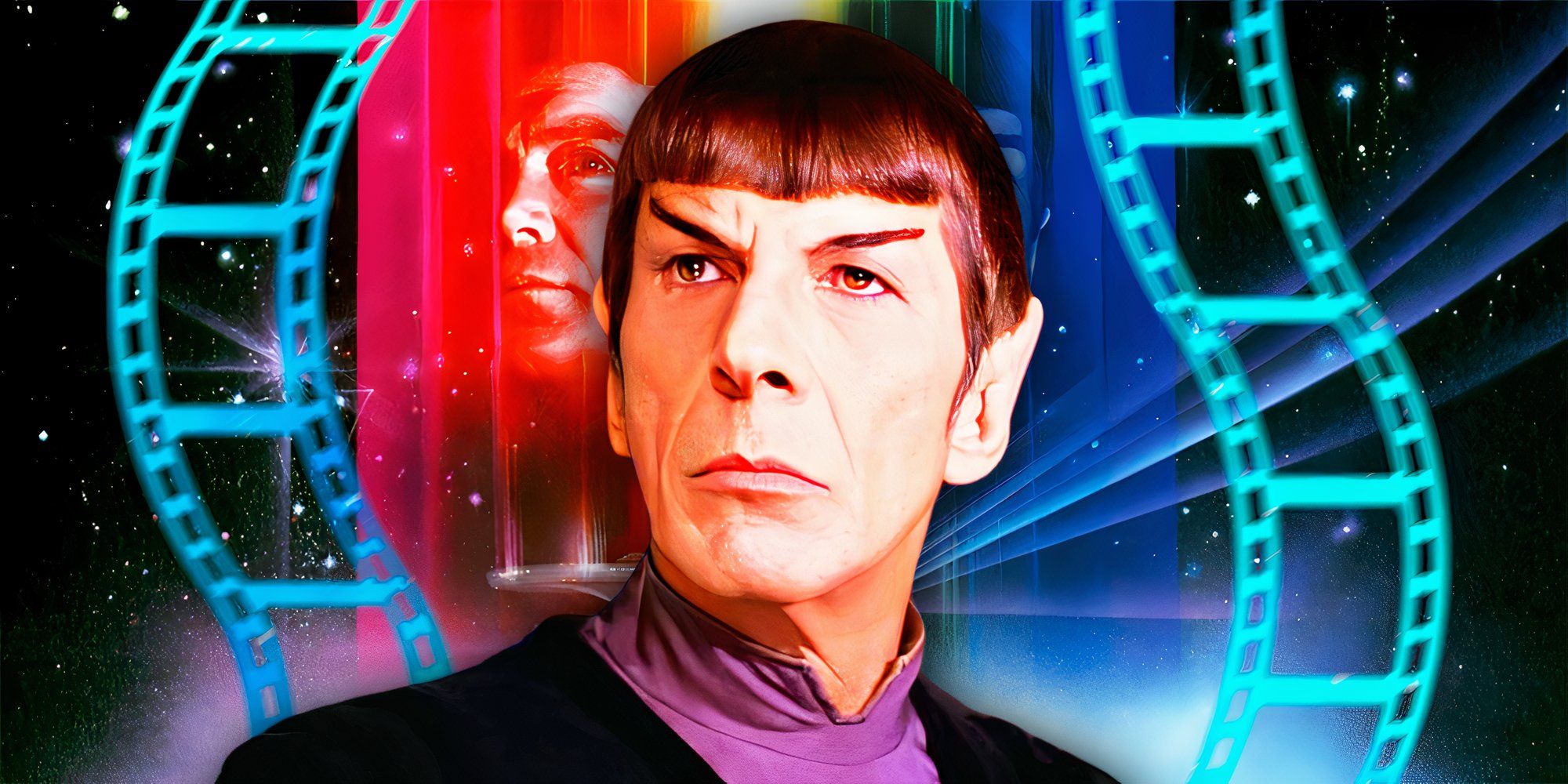
8. **Spock — Star Trek 2: The Wrath of Khan**: The loss of certain characters resonates more profoundly not just because of their heroic acts, but because their presence has been a constant, comforting fixture in our lives. Leonard Nimoy’s iconic portrayal of the half-human, half-Vulcan S’Chn T’Gai Spock had graced our screens since 1966, making him an absolutely essential element to ‘Star Trek’—as indispensable as Captain Kirk himself or the majestic starship Enterprise. Many of us had known Spock longer than some of our own friends and family, and so, his death truly hurt on a deeply personal level.
Faced with the immutable logic of Vulcan philosophy, which dictates that the needs of the many outweigh the needs of the few (or even the one), Spock made the ultimate, logical, and heartbreaking decision to sacrifice himself. He entered the highly radioactive warp core chamber, knowing it would be fatal, all to restore the warp drive and save the Enterprise and its beleaguered crew. Having only narrowly defeated the formidable Khan, it was Spock’s selfless actions alone that allowed the ship to escape the deadly blast of the Genesis wave, ensuring the survival of everyone aboard.
His final scenes with Captain Kirk are, without hyperbole, moving beyond words. Through the glass of the warp core chamber, the two best friends shared a silent, profound farewell, a poignant reminder that their relationship transcended mere professional camaraderie; it was a bond forged in countless adventures, challenges, and shared humanity. Spock’s simple yet powerful declaration to Kirk that “I have been, and always shall be, your friend” solidified their legendary connection, cementing it in cinematic history.
While this incredibly impactful death may have been controversially undone one film later in ‘Star Trek III: The Search for Spock,’ at the time of its release, it was definitively intended to be permanent—and the raw emotion conveyed in the scene powerfully reflects that original intent. The only minor quibble fans might playfully have with this otherwise perfect farewell is Scotty’s rather ill-timed, if heartfelt, bagpipe solo at his funeral. Leonard Nimoy himself sadly passed away in 2015, but he left behind an immense legacy that a new generation of actors has more than admirably lived up to, ensuring Spock’s enduring presence in the cultural lexicon.

9. **Caesar — War for the Planet of the Apes**: Despite what the famed playwright William Shakespeare penned in ‘Julius Caesar,’ the conclusion of ‘War for the Planet of the Apes,’ the superlative finale to the modern trilogy, saw the proud primate Caesar both buried and praised, much like his namesake. This new series of films, which admirably banished any lingering memories of the rather mediocre Tim Burton reboot, meticulously followed the exploits of Caesar from his humble birth in a laboratory through to his triumphant rise as the prime protector and leader of his species, charting a captivating journey of evolution and rebellion.
It stands as a testament to Andy Serkis’s truly incredible motion-capture performance as Caesar that, much like his groundbreaking work as Gollum in ‘The Lord of the Rings,’ audiences could become so deeply and emotionally invested in an entirely digital character. Serkis imbued Caesar with such nuance, gravitas, and palpable emotion that his struggles felt profoundly real, forging an empathetic connection that transcended the visual effects.
The plot of the original five-film series, released between 1968 and 1972, often spiraled into a convoluted tale that eventually lapsed into the paradoxical realms of time travel, testing the suspension of disbelief. In stark contrast, the new trilogy is significantly more grounded in a compelling, and often tragic, reality. We are drawn in, both sympathetic and utterly fascinated, by Caesar’s noble and relentless cause to seek freedom and dignity for his kind.
It is, therefore, a bitter blow when this formidable leader ultimately falls at the film’s climax. While his death is undeniably a moment of profound sadness, it is also presented as a necessary and poignant sacrifice, leaving behind a monumental legacy worthy of his name. Caesar’s journey and his ultimate demise underscore themes of leadership, prejudice, and the eternal struggle for survival, cementing his place as one of science fiction’s most compelling and tragic figures.
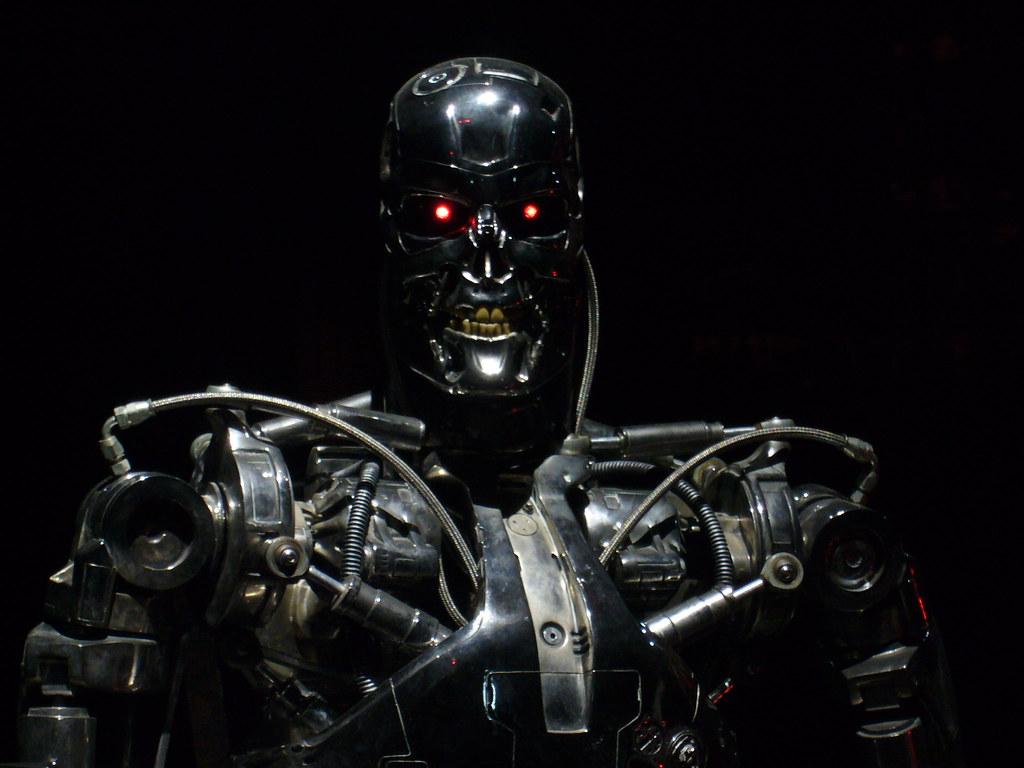
10. **T-800 — Terminator 2: Judgment Day**: What could possibly be more heartwarming, more deeply affecting, than witnessing a once unfeeling, relentless cyborg transform into a secondary father figure for a troubled young boy, only to then sacrifice himself to save his surrogate son? This profound emotional arc is at the very heart of ‘Terminator 2: Judgment Day,’ a film often cited as one of the rare sequels that not only matches but arguably surpasses its original, brimming with as much heartfelt emotion as it does explosive action.
The brilliant plot of ‘T2’ revolves around Arnold Schwarzenegger’s iconic T-800 model Terminator, now reprogrammed, whose seemingly impossible mission is to protect a young John Connor, portrayed by Edward Furlong. John is destined to become the future leader of the human resistance, the pivotal figure in the desperate fight to stop the self-aware machines of Skynet from taking over humanity. This new dynamic between the boy and the machine provided a powerful, unexpected emotional core to the high-octane sci-fi thriller.
However, as with all narratives steeped in time travel elements and missions of seemingly insurmountable odds, there is always an inevitable, profound sacrifice involved. To ensure that Skynet could never form in the future, thereby preventing the cataclysmic ‘Judgment Day,’ Arnold Schwarzenegger’s T-800 heroically allows John’s mother, Sarah Connor, to lower him into a fiery pit of molten steel. This was the only way to destroy the last vestiges of Skynet’s advanced technology, ending things before they could ever truly begin and safeguarding humanity’s future.
The scene reaches its absolute emotional zenith as the T-800 slowly submerges, his metallic hand giving one final, poignant ‘thumbs up’ gesture—a simple human action that John had taught him during their bonding. This small, yet incredibly powerful, moment of connection and farewell resonates deeply, underscoring the profound humanity the cyborg had unexpectedly developed. Even worse for John, this marks the second time he has lost a father figure, making the T-800’s sacrifice a moment of devastating, yet redemptive, heartbreak.
These cinematic farewells, whether they are the sudden, brutal shock of a beloved character’s demise, the noble self-sacrifice of a mentor, or the poignant conclusion to a decades-long character arc, are far more than mere plot points. They are the emotional anchors that give science fiction its profound resonance, forcing us to confront universal themes of mortality, love, and what it truly means to be human in worlds both familiar and impossibly distant. They shape not only the narratives they inhabit but also the very fabric of our collective fandom, leaving us to ponder their meaning long after the credits have rolled. As we reflect on these unforgettable departures, it becomes clear that within the vast, imaginative expanse of science fiction, the ultimate frontier is not just space, but the enduring and often devastating impact of a final, heroic goodbye.

